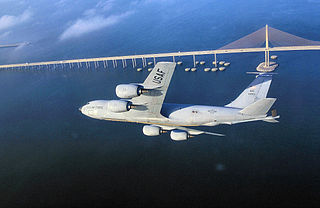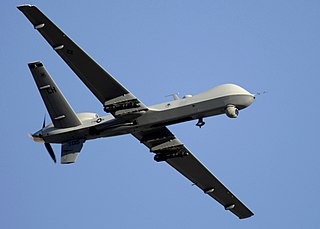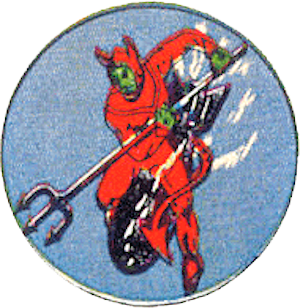| 427th Reconnaissance Squadron | |
|---|---|
 MC-12 Liberty taking off from Beale AFB, 25 January 2013 | |
| Active | 1917–1918; 1933–1935; 1936–1945; 1958–1962; 2012–2015; 2019-present |
| Country | |
| Branch | |
| Role | Reconnaissance |
| Part of | Air Combat Command |
| Nickname(s) | Spartans [1] |
| Motto(s) | Vigilant, Prepared, Dedicated (SAC era) None Shall Hide (after 2012) |
| Engagements | Pacific Theater of Operations European Theater of Operations |
| Decorations | Distinguished Unit Citation Air Force Outstanding Unit Award |
| Insignia | |
| 427th Reconnaissance Squadron emblem |  |
| 427th Bombardment Squadron emblem [lower-alpha 1] [2] |  |
| Unofficial 427th Bombardment Squadron emblem (WW II) [3] |  |
| World War II group tail and squadron fuselage codes [3] | Triangle C, GN |
| 38th Reconnaissance Squadron emblem [4] |  |
The 427th Reconnaissance Squadron is an active United States Air Force (USAF) unit assigned to Beale Air Force Base, California.
Contents
- History
- World War I
- Interwar years
- World War II
- Strategic Air Command
- Reconnaissance mission returns
- Lineage
- Assignments
- Stations
- Aircraft
- Awards and campaigns
- See also
- References
- Notes
- Bibliography
- External links
The squadron's roots go back to World War I, when it was organized as the 38th Aero Squadron, a training unit that served in Texas and Illinois. When the United States Army Air Service reorganized its training units in July 1918, the squadron was renamed Squadron A, Chanute Field. Following the Armistice of 11 November 1918, the squadron was demobilized in December.
The World War I squadron was consolidated with the 38th Pursuit Squadron when that unit was activated in 1933, although it was not equipped before it was inactivated in 1935. The squadron was activated again in 1936 as the 38th Reconnaissance Squadron, forming the long range reconnaissance arm of the 1st Wing. The squadron was attached to the 19th Bombardment Group and began its deployment to join the group in the Philippines in December 1941. However, the 38th's Boeing B-17 Flying Fortresses arrived at Hickam Field while it was under attack by the Imperial Japanese Naval Air Service. Squadron planes not destroyed during the attack were diverted to other units and the squadron reformed as part of the 303d Bombardment Group. As the 427th Bombardment Squadron, it was one of the first B-17 units to deploy to the European Theater of Operations, earning a Distinguished Unit Citation as it participated in the strategic bombardment of Germany from 1942 to 1945, when it was inactivated.
The squadron was activated at Davis-Monthan Air Force Base in December 1958, when Strategic Air Command (SAC) reorganized its Boeing B-47 Stratojet wings to meet its commitment to maintain one third of its bombers on alert. In 1962, SAC began to keep half its bombers on alert and the squadron was inactivated.
The squadron was reactivated in 2012 and assigned to the 9th Operations Group of Air Combat Command at Beale, to operate the MC-12 Liberty reconnaissance aircraft and train Liberty aircrews. The squadron was inactivated in November 2015 as the USAF transferred the MC-12 mission to the United States Army.
The squadron was reactivated in 2019 at Beale and is reported to operate the Northrop Grumman RQ-180 stealth unmanned aerial vehicle surveillance aircraft.
























